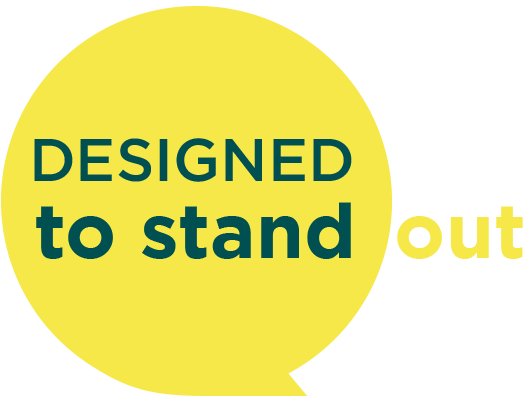MBD recently attended Velocity’s Sustainability Summit in Austin, TX. The conference not only shed light on the critical importance of sustainability in the retail brands industry but also highlighted how packaging design and communication plays a key role in minimizing environmental impact. Here are some of our takeaways from the event:
1. The Urgency of Food Waste and Greenhouse Gas Emissions
As Whole Foods presented, “One-third of all food produced globally is lost or wasted.” Using less is the top way we can make an impact. Whole Foods also shared that the food industry is responsible for one-third of all greenhouse gas emissions, with packaging being a significant contributor. Sustainable store brand packaging can substantially reduce this impact by employing eco-friendly materials and efficient design.
2. Carbon Concerns
"Carbon is the new calorie,” one presenter commented. Consumers are increasingly concerned about the carbon footprint of products, including their packaging. Brands should be prepared to provide information on the sustainability of their packaging materials and design choices. 4 states have EPR laws already in place, and there will be more in the future!
3. Consumers Care
SPINS gave a helpful presentation on “conscious consumerism” where they said even in the face of recession, the US natural and organic product industry is poised to surpass $300B by 2024! Consumer preferences for retail brands have evolved – they care deeply about values like grass fed, free range, cruelty free, plant based, and nothing artificial. Half of consumers consider themselves a values-oriented shopper.
4. The Role of Certifications in Sustainable Packaging
Third-party certifications are a valuable tool in packaging design, providing consumers with clear information about the eco-friendliness of the ingredients, materials and processes. Consumers are now very aware of greenwashing. They are seeking certifications and transparent sustainability claims to ensure genuine sustainability.
5. Communicate about Recycling
People want to recycle. We must clear the way for them to act!” said one presenter from The Recycling Partnership. 8 in 10 consumers are looking for ON PACK recycling information. The Recycling Partnership has developed a centralized hub to determine if a specific package is recyclable in each zip code. Consumers can access this hub through a simple QR code (integrated with How2Recycle). We are eager to see which retailers follow the lead of General Mills and Horizon with adding this QR code to the back of their packaging!
6. Be PROUD
If you have made some progress with sustainability, no matter how small, be PROUD. We’re all in this together and need to learn from one another. “Greenhushing” (a new term), is when a retailer deliberately chooses to hide their sustainability goals or ESG credentials for fear of scrutiny. Share your progress boldly and as one presenter said, “Celebrate the small victories!”
7. Seek to be Nature Positive
Beyond reducing harm, brands should aim to be "nature-positive” wherever they can. This means designing packaging solutions that not only minimize negative environmental impacts but also actively contribute to biodiversity and ecosystem health.
Our final takeaway – it was great to catch up with so many familiar faces at the event! Collaboration among retailer leads, packaging designers, and sustainability experts is crucial to develop effective sustainable packaging solutions. As sponsors of the conference, MBD really enjoyed hosting the Music & Mixers cocktail party, and spending time with many of you. Thanks to all who presented and participated in the Velocity Sustainability Summit!
![[Image: logo]](/sites/marketingbydesign/themes/zen_mbdesign_v3/images/asset_nav_mbd_logo@2x.png)
